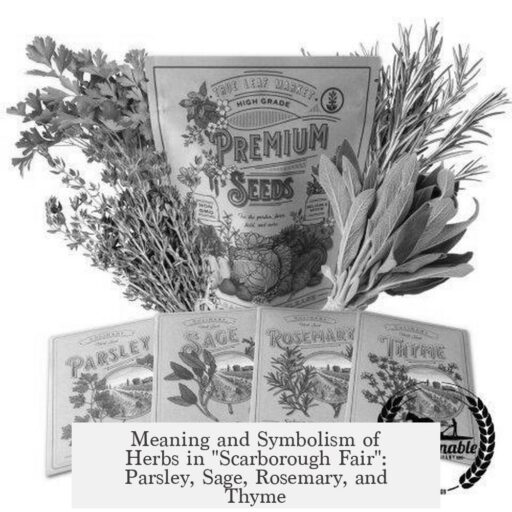The herbs “parsley, sage, rosemary and thyme” mentioned in the ballad “Scarborough Fair” most likely have no specific meaning related to the song’s narrative and were probably inserted as part of a dance refrain. However, in a broader historical and folkloric context, these herbs carry varied symbolic and magical connotations linked to medieval pagan herb lore and protective qualities.
The traditional ballad “Scarborough Fair” predates the inclusion of the herbal refrain. Early versions and related songs like “The Elfin Knight” lack this herbal list. Scholarly research, such as an 1894 article in the Journal of American Folklore, argues that the herb refrain was added for a dance associated with the ballad rather than as a narrative device. This suggests the herbs themselves do not directly link to the story told in the song.
The refrain’s insertion likely enhanced the song’s rhythm and melody during performances. It sometimes varies or is replaced entirely in ballad variants. This indicates the herbs function more as musical or performative markers than symbolic icons within the song.
Outside this musical context, the four herbs hold rich and complex meanings rooted in herbal folklore. A. G. Gilchrist’s 1930 analysis connects the invocation of these herbs with pagan magical practices. According to Gilchrist, carrying or invoking such herbs served as a defense against evil spirits. They were believed to possess protective powers, especially in a time when superstition and herbal remedies were tightly linked.
Each herb carries distinctive, though sometimes contradictory, symbolism:
- Parsley – Often seen as a purifying herb, believed to cleanse and protect.
- Sage – Widely associated with wisdom, longevity, and protection.
- Rosemary – Historically notable for medicinal uses and as a symbol of remembrance and protection against illness. It was believed to ward off the plague due to its scent, help maintain clear skin, and preserve youth. Its sweet smell aligned with folk beliefs that the most fragrant herbs offered the greatest defense against evil.
- Thyme – Symbolism varies widely; some traditions see it as a sign of bravery, others as an omen of death. This dual nature highlights the diverse interpretations of herbs in different regions and times.
This diversity means there is no universally agreed meaning attaching all four herbs together. The herbal motif may derive from widespread medieval practices where plants were revered for their protective and healing properties. The mention in the ballad might evoke these general associations but without explicit narrative intent.
The herbs’ role in the refrain might also reflect historical dance traditions. The 1894 folklore article emphasizes the refrain’s function within the dance performance linked to the ballad. This reinforces the idea that the herbs were a mnemonic or rhythmic device rather than symbolism integral to the lyrics.
In summary, the herbs represent:
- A probable dance refrain addition unrelated to the ballad’s story.
- A linkage to medieval pagan herb lore known for magical protection and healing qualities.
- Individual meanings shaped by varying folk traditions, often connected to protection, bravery, purity, and remembrance.
- A reflection of performative and cultural practices of the period in which the song evolved.
This information helps clarify why the herbs appear in “Scarborough Fair” without a clear narrative role. They instead function as markers of tradition, folk belief, and performative embellishment.
| Herb | Common Symbolic Meaning | Notes |
|---|---|---|
| Parsley | Purification, protection | Cleansing properties in folk medicine and magic |
| Sage | Wisdom, longevity, protection | Used in rituals and herbal remedies |
| Rosemary | Protection from illness, remembrance, youth preservation | Believed to ward off plague; fragrant aroma considered powerful |
| Thyme | Bravery or death (varies) | Variable symbolism depending on source |
- The herb refrain was likely added as a dance element, not originally part of the story.
- The herbs have significance in medieval folk traditions linked to protection and magic.
- Symbolism varies, with no single agreed-upon meaning for all four herbs collectively.
- Rosemary stands out for its specific historical medicinal and protective properties.
- The refrain reflects cultural and performance practices more than lyrical meaning.
Do the Herbs “Parsley, Sage, Rosemary, and Thyme” in Scarborough Fair Have a Specific Meaning?
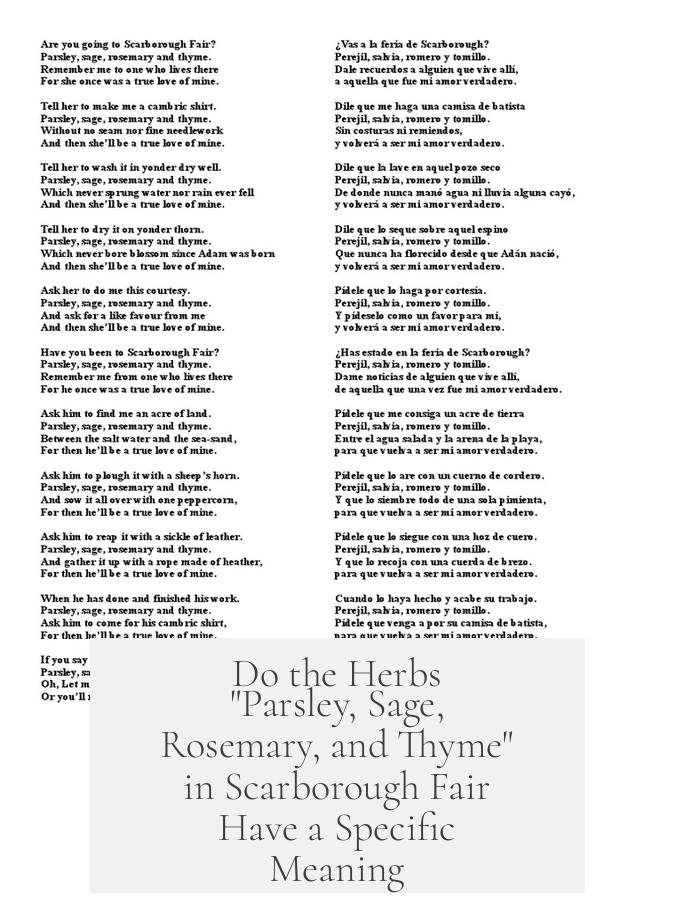
Yes and no. The famous herbs in the ballad “Scarborough Fair” carry layered meanings, but the story is not straightforward. Some argue these herbs hold powerful medieval symbolism linked to magic and protection. Others believe they were just tossed in as part of the folk dance that accompanied the song—no deeper meaning intended.
Let’s unravel this aromatic mystery, sprinkle in some historical context, and examine what parsley, sage, rosemary, and thyme truly represent in “Scarborough Fair.”
Where Did the Herb Refrain Come From?
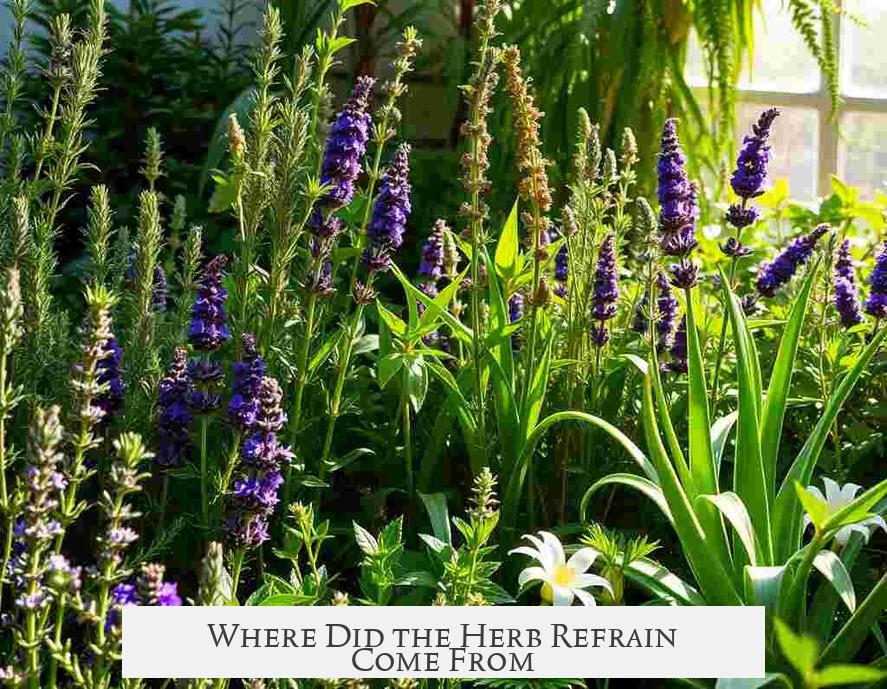
The ballad “Scarborough Fair” is much older than the sweet-smelling refrain we know and love. Early versions, including the related ballad “The Elfin Knight,” didn’t feature it at all. The refrain with the herbs likely emerged much later, possibly as an addition for dancers who accompanied the performance.
An 1894 article in the Journal of American Folklore makes it clear: “the refrain ‘belongs to the dance (for the ballad was a dancing-song), not to the story.”
So the refrain might not connect directly to the romantic or mystical narrative of the ballad. Instead, it likely owes its presence to traditional dance choreography or folklore embellishments over time.
Theories About Symbolism: Pagan Lore and Protective Magic
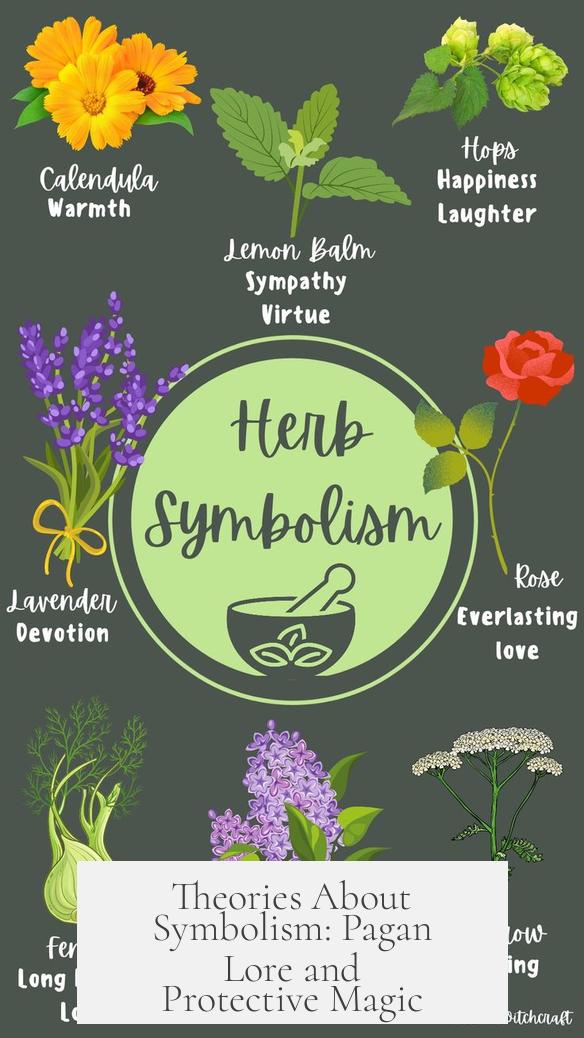
Still, plenty of scholars speculate these herbs held more than just culinary value. In medieval Europe, pagan beliefs intertwined deeply with daily life. Herbs were not just for flavor—they were thought to have supernatural properties.
A. G. Gilchrist (1930) points out that carrying or invoking magical herbs was a pagan prescription to defend against evil spirits. Herbs like rosemary, thyme, sage, and parsley were reputed to shield the bearer from harm and ill fortune.
Imagine a medieval villager weaving wreaths or carrying sprigs of rosemary during times plagued by disease, hoping the sweet scent would keep invisible threats at bay. The invocation of these herbs in folk songs and riddles, including “Scarborough Fair” and “The Elfin Knight,” might be an echo of that tradition.
What Do Each of the Herbs Symbolize?
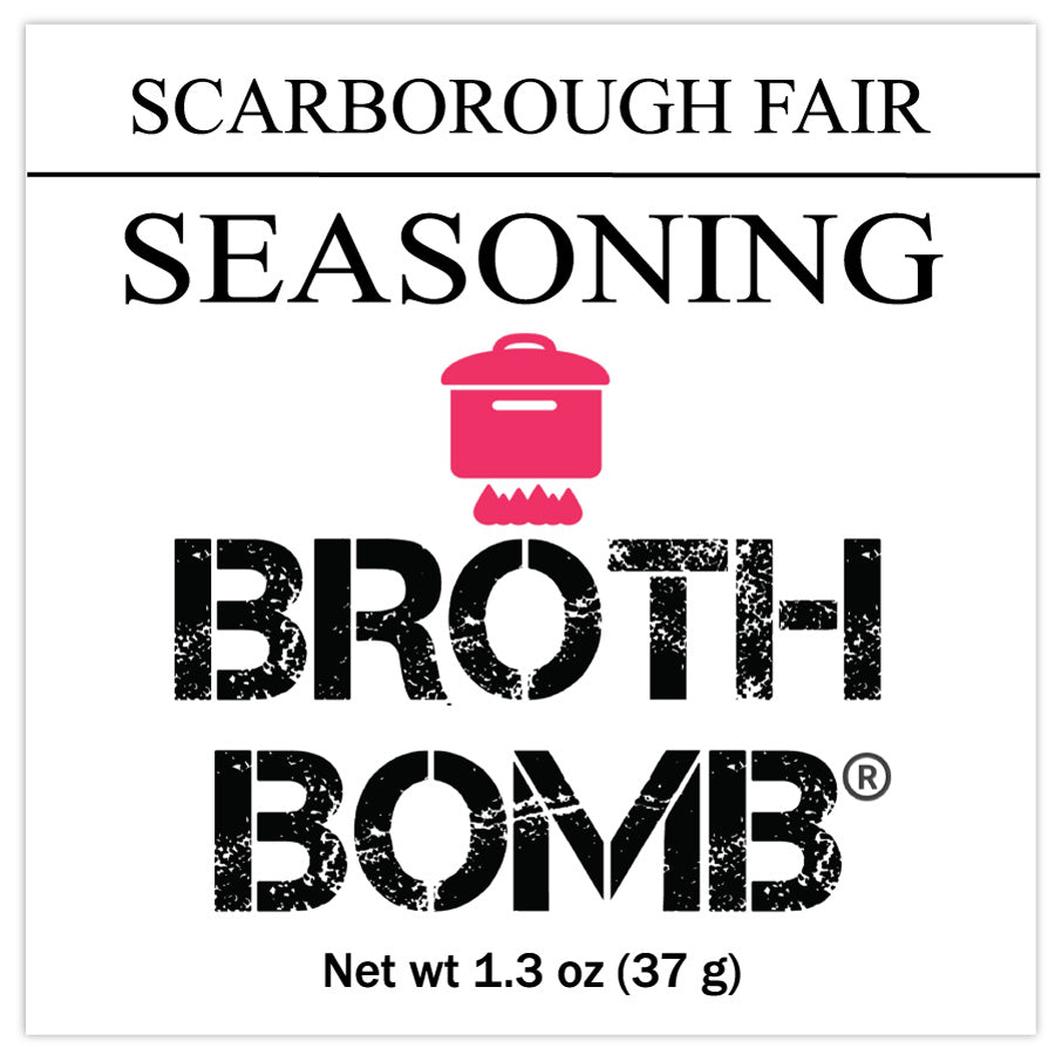
| Herb | Common Historical Symbolism | Additional Notes |
|---|---|---|
| Parsley | Festivity, vitality, and sometimes purification | Parsley was often associated with celebration, but little is documented regarding magical powers in the context of the ballad. |
| Sage | Wisdom and immortality | Sage was believed to bring protection and clear the mind, fitting for defense against evil or illness. |
| Rosemary | Protection, remembrance, beauty, and youth preservation | As Helen Bancroft summarizes, rosemary was thought to protect from the plague through its sweet aroma, provide a fair complexion when brewed in wine, and preserve youth if the wood’s scent was inhaled. |
| Thyme | Bravery or sometimes death | Thyme’s symbolism is trickier: some sources praise it as a symbol of courage, while others see it as an omen of death—a contradiction reflecting diverse cultural layers. |
This variety in symbolism suggests no neat, universally agreed interpretation exists. The meaning of these herbs shifts depending on cultural context, era, and even individual belief.
So, Are the Herbs a Secret Code?

It’s tempting to romanticize the idea that the herbs are a secret message of protection, love, bravery, and beauty woven into a folk song. Maybe the medieval singers wanted to embed layers of meaning accessible only to those in the know.
But historically, the refrain does not appear in the earliest ballad versions. This suggests the herbs may not decode a secret narrative but rather offer a charming set of repeated words that dancers could rely on in performance.
Think of it like a catchy chorus added to a song to keep rhythm and mood.
Modern Perspectives: What Can We Take Away?
Today, people love to speculate about meanings. With our penchant for symbolism, herbs in “Scarborough Fair” seem perfect candidates for hidden messages.
But maybe the real magic is simpler: herbs are powerful and evocative. They symbolize life, health, and natural cycles. They connect us to tradition and historical healing. The song taps into those deep cultural associations, intentional or not.
If you grow or cook with parsley, sage, rosemary, and thyme (yes, it’s worth making your own Scarborough Fair mix!), remember they carry centuries of significance—even if that’s just in your imagination.
Next time you hear the ballad, ask yourself: are these herbs a magical charm, a dance’s refrain, or just a fragrant touch to an old love song? The answer might be all of the above.
In Summary
- The herb refrain in “Scarborough Fair” was likely added for dance and performance, not originally part of the story.
- Medieval lore associates the herbs with magical protection, health, bravery, and beauty.
- Symbolism of the herbs varies widely; thyme is especially ambiguous.
- Rosemary was famously believed to protect from plague and preserve youth.
- Understanding of the herbs’ meanings depends on historical, cultural, and contextual factors.
Ultimately, the “parsley, sage, rosemary, and thyme” serve as a fragrant bridge between folklore, healing traditions, and enduring music. Whether you see them as magical potions or lyrical flourishes, their timeless appeal continues to charm audiences worldwide.
Do the herbs “parsley, sage, rosemary, and thyme” have a specific meaning in “Scarborough Fair”?
They may not have a clear meaning. The herbs could have been added as part of a dance, not the song’s story. Early versions of the ballad lack this herb refrain.
What is the connection between these herbs and medieval pagan beliefs?
These herbs were thought to offer protection from evil spirits. Pagan traditions linked parsley, sage, rosemary, and thyme to magical defense.
Are there symbolic meanings assigned to each herb?
Symbolism varies. For example, thyme is seen by some as a sign of bravery, while others view it as a symbol of death. No single agreed meaning exists.
Why is rosemary often highlighted among the four herbs?
Rosemary was believed to protect against the plague and aging. Its sweet scent was thought to ward off evil, linking it to protective folk customs.
Does the herb refrain relate to the narrative of “Scarborough Fair”?
No. The song predates the herb refrain. The refrain likely comes from dance traditions or old herb lore, not the ballad’s story.
